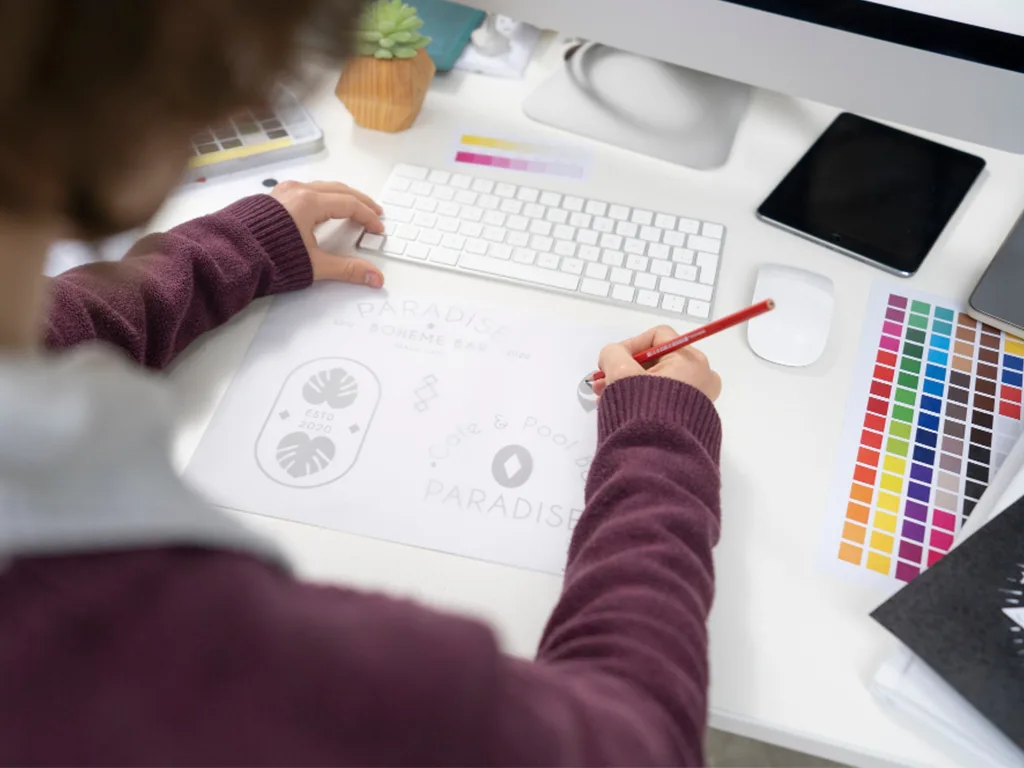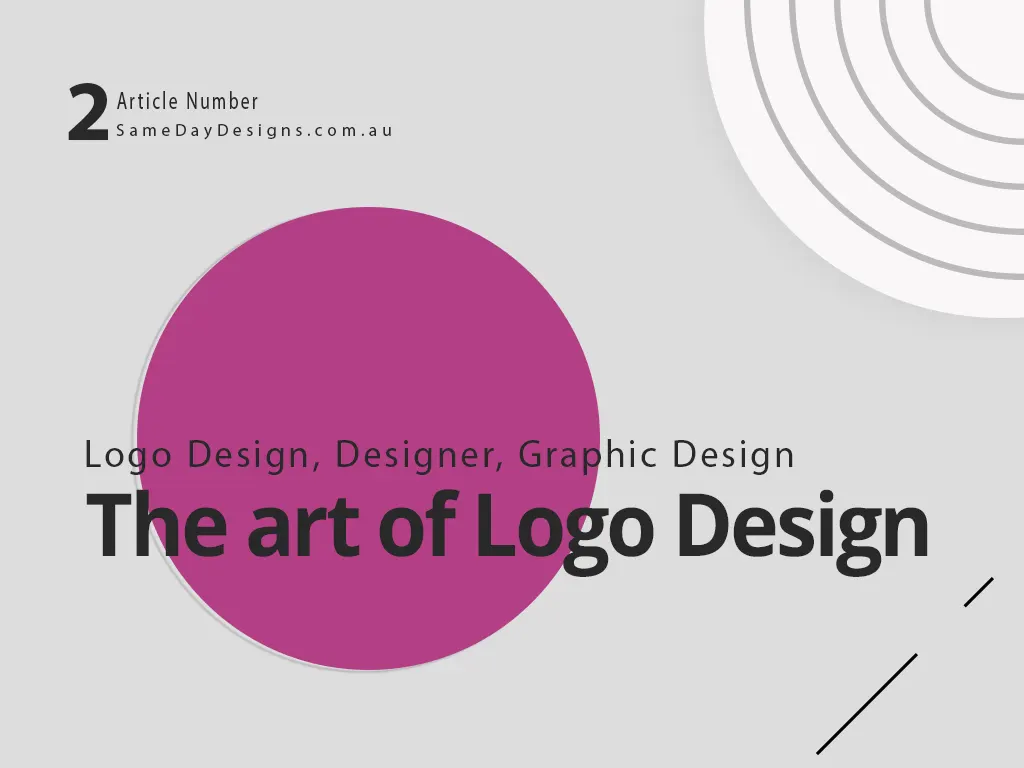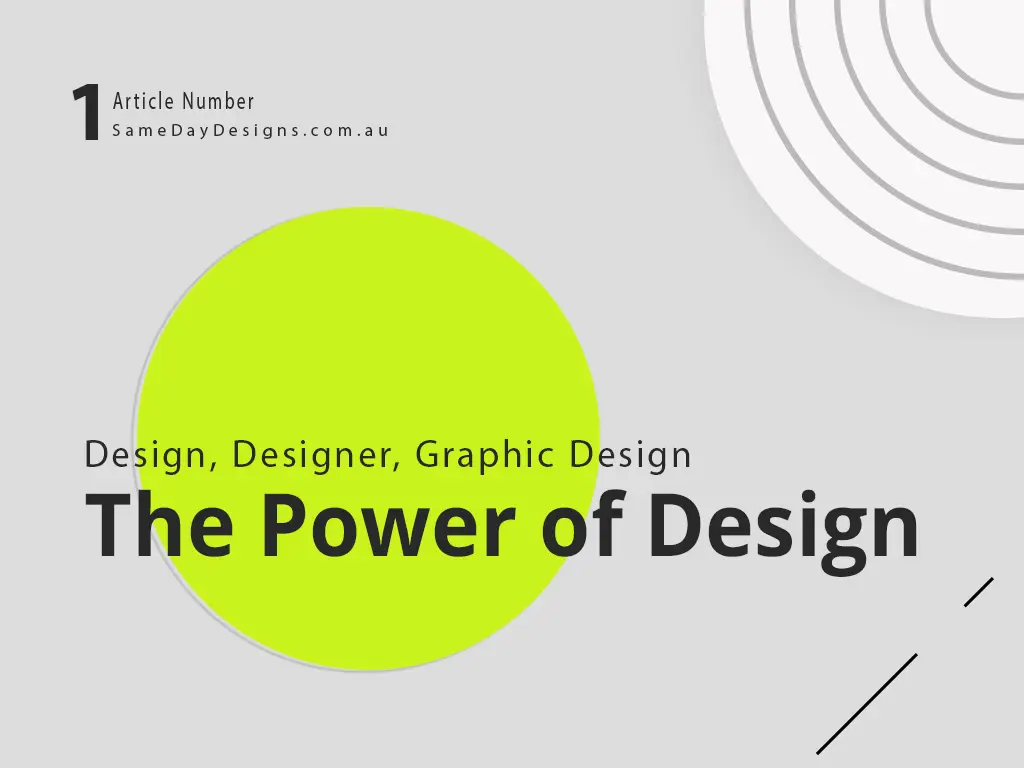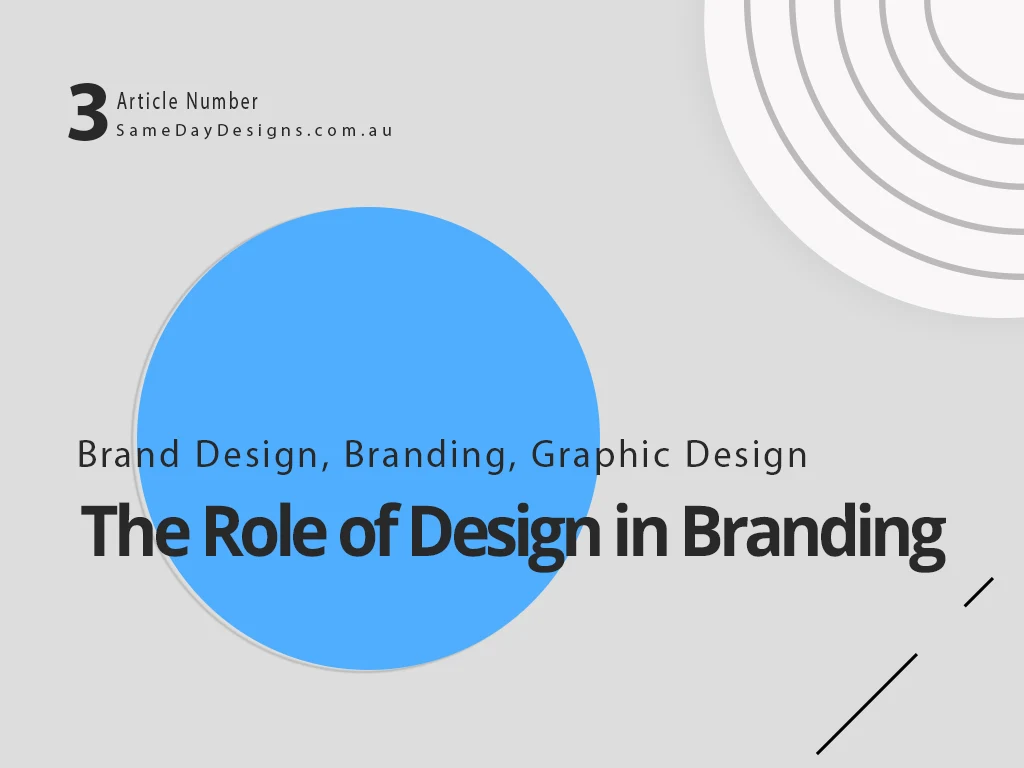A logo is more than just a combination of shapes and colors; it is the face of a brand, the embodiment of its essence, and a powerful communicator of its values. The world of logo design is a captivating realm where creativity meets strategy, and where the art of visual identity is brought to life. In this essay, we will delve into the intricacies of logo design, exploring its significance, the creative process, and the impact it has on brands and consumers alike.

The Significance of Logo Design:
A logo is a fundamental element of any brand’s identity. It serves as a symbolic representation of the brand’s values, personality, and mission. A well-designed logo has the potential to create a lasting impression on consumers, evoking emotions, and fostering brand loyalty. From iconic golden arches that symbolize McDonald’s to the swoosh that signifies Nike, logos have become synonymous with the brands they represent.
A logo is the first point of contact between a brand and its audience. It plays a crucial role in attracting attention, establishing brand recognition, and differentiating a brand from its competitors. When consumers see a familiar logo, they instantly connect it with their previous experiences and perceptions of the brand. As a result, logos become anchors of trust and credibility in the minds of consumers.
The Creative Process of Logo Design:
Logo design is a carefully crafted process that involves a delicate balance of creativity and strategic thinking. The journey begins with a thorough understanding of the brand’s identity, target audience, and competitive landscape. Designers immerse themselves in the brand’s values, story, and aspirations, seeking inspiration from various sources, such as history, nature, or culture.
Sketching is an essential part of the creative process. It allows designers to explore different concepts and visually represent ideas on paper. Through countless iterations, designers refine their sketches, gradually honing in on the most promising concepts. Each line, curve, and color choice is carefully considered to ensure that the final design aligns perfectly with the brand’s vision.
Typography plays a crucial role in logo design, as the font choice can convey a brand’s personality and tone. Bold, sleek fonts may signify modernity and innovation, while elegant scripts can evoke a sense of tradition and luxury. The choice of colors is equally important; each hue carries its own psychological meaning, impacting how the brand is perceived. For instance, red exudes energy and passion, while blue instills a sense of trust and reliability.

The Impact of Logo Design:
A well-designed logo has a profound impact on both brands and consumers. For brands, a logo becomes a valuable asset that can withstand the test of time. As brands evolve and expand, their logos serve as constant anchors, reassuring consumers of their authenticity and consistency. Moreover, logos can transcend language barriers, communicating the brand’s identity globally.
For consumers, logos become a part of their daily lives, imprinted on products, advertisements, and digital platforms. A familiar logo can evoke feelings of comfort, nostalgia, or excitement, influencing purchasing decisions and brand loyalty. Furthermore, logos act as visual cues, guiding consumers towards brands they trust and recognize, streamlining their choices in an increasingly crowded marketplace.
The Power of Simplicity and Timelessness:
In logo design, simplicity reigns supreme. Some of the most iconic logos are distinguished by their minimalistic approach, capturing the essence of the brand in a clean and uncluttered manner. A simple logo is more memorable, versatile, and adaptable to various contexts, making it easier for consumers to recognize and recall.
Timelessness is another hallmark of effective logo design. A timeless logo remains relevant and impactful for decades, transcending fleeting design trends. Such logos can withstand the test of time, remaining as powerful and relevant as when they were first unveiled. Achieving timelessness requires striking a balance between modernity and classic design principles.

Conclusion:
Logo design is a fascinating journey where creativity intertwines with strategic thinking to create visual identities that resonate with audiences. As the face of a brand, logos play a vital role in establishing brand recognition, trust, and loyalty. The creative process behind logo design is an intricate dance of sketching, typography, and color choices, all aimed at crafting a symbol that accurately represents the brand’s essence.
The impact of a well-designed logo extends far beyond aesthetics, shaping the perceptions and choices of consumers. As logos become synonymous with the brands they represent, they forge strong connections with audiences, becoming beacons of familiarity and trust. A simple and timeless logo possesses the power to transcend language barriers, cultural differences, and time itself, etching the brand’s identity into the hearts and minds of consumers worldwide.
In conclusion, logo design is both an art and a science, a dance of creativity and strategy, aimed at creating visual identities that stand the test of time. As brands continue to evolve and adapt to an ever-changing landscape, their logos remain steadfast, guiding consumers on a journey of recognition, trust, and loyalty.
If you want to see a sample of our work, visit our projects page and decide to start cooperation.


